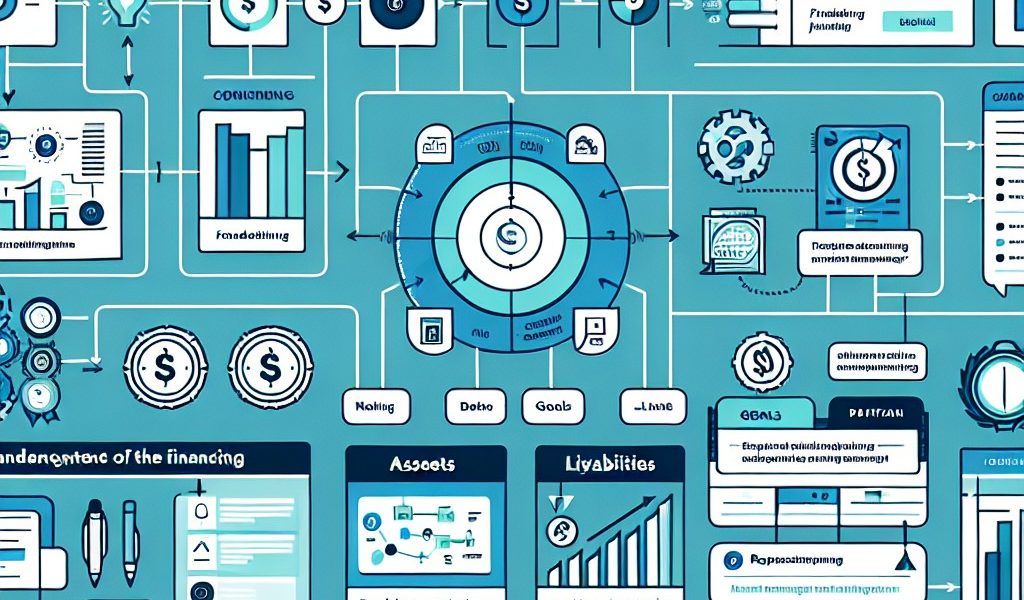Crafting a Robust Financing Table: A Pragmatic Approach to Boost Your Business Finances
The financing table is an essential tool in the financial management of a company. It makes it possible to summarize financial flows and analyze the balance between resources and uses, which helps to make strategic decisions concerning future investments or the development of the company. In this article, we offer you a detailed guide on creating a financing table tailored to your needs.
Why create a financing table?
The creation of a financing table is not obligatory for all companies, but it is strongly recommended, in particular for those with significant economic activity or wishing to solicit financial partners. In fact, this document allows:
- To have a clear and synthetic vision of financial flows (entries and exits) within the company.
- To assess the company’s ability to generate sufficient resources to cover its needs in terms of investment and reimbursement.
- To highlight possible imbalances between resources and uses which require corrective action.
- To assist in decision-making regarding the choice of financing sources (borrowings, capital contributions, etc.).
Steps to creating a financing table
To create an effective financing table, it is necessary to follow several steps:
- Gather the necessary financial information: You will need to collect data relating to financial flows and the overall financial situation of the company. This information generally comes from accounting documents such as the balance sheet, income statement and annexes.
- Determine the analysis period: The financing table can be established on an annual or quarterly basis depending on your needs. Choose a period suited to your activity and your objectives.
- Structure the table: The table should be organized into two main parts: resources (inputs) and uses (outputs). Each part should be subdivided into different categories for easier analysis.
- Enter the amounts: For each category in the table, you will need to indicate the amounts corresponding to the financial flows observed during the analysis period. Be sure to use reliable and verifiable data to ensure the relevance of the document.
- Analyze the result: Once the table is completed, you will be able to analyze the balance between resources and uses as well as detect possible anomalies or imbalances which require corrective action.
Essential information to include in the financing table
The financing table must include the following elements:
-
- Resources :
- Equity (capital, reserves, profits, etc.)
- Loans and financial debts
- Investment grants
- Disposals of fixed assets or other non-current assets
- Jobs:
- Investments in tangible and intangible assets
- Change in working capital requirement (WCR)
- Resources :

